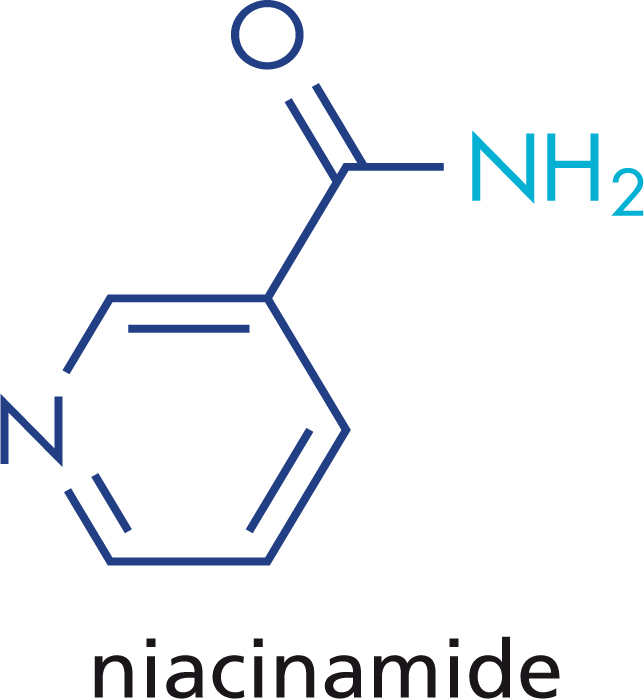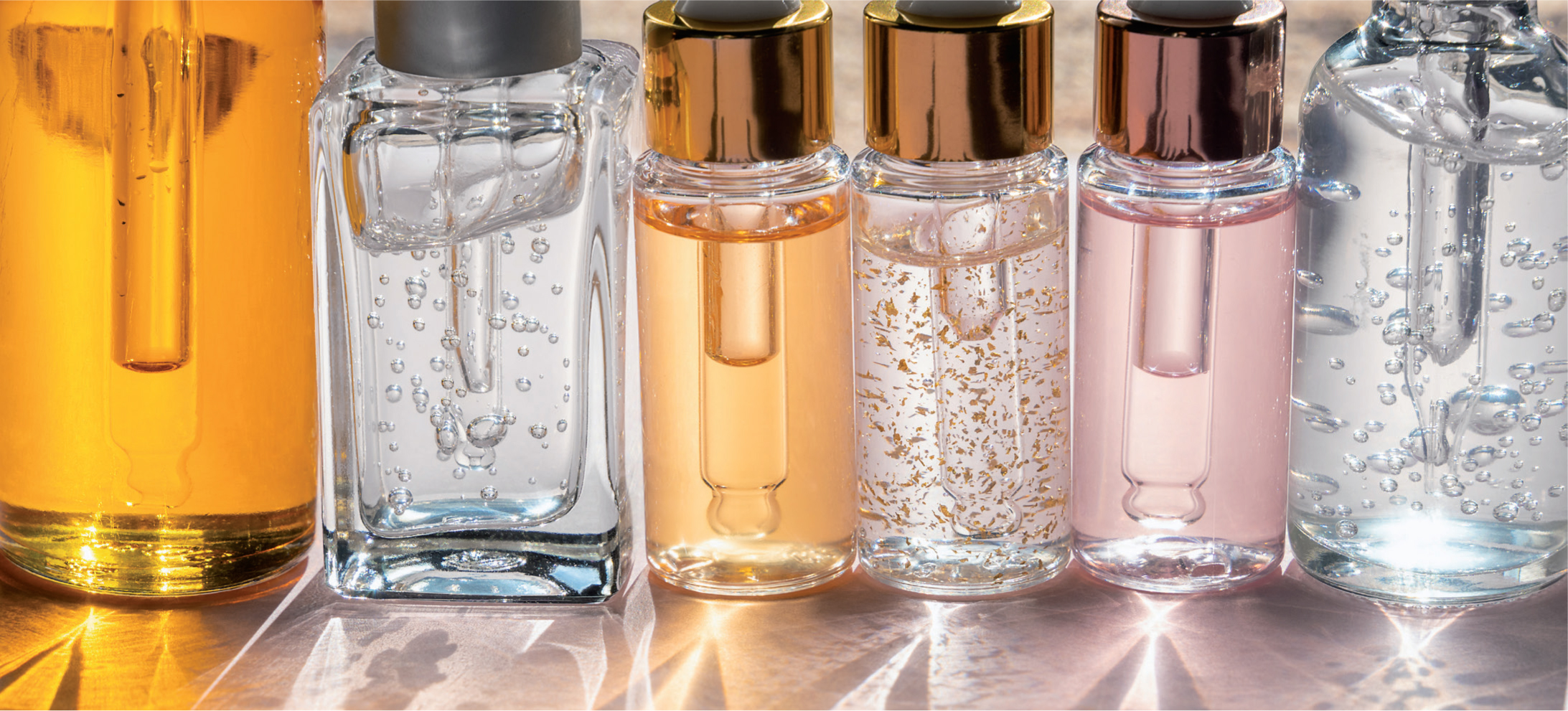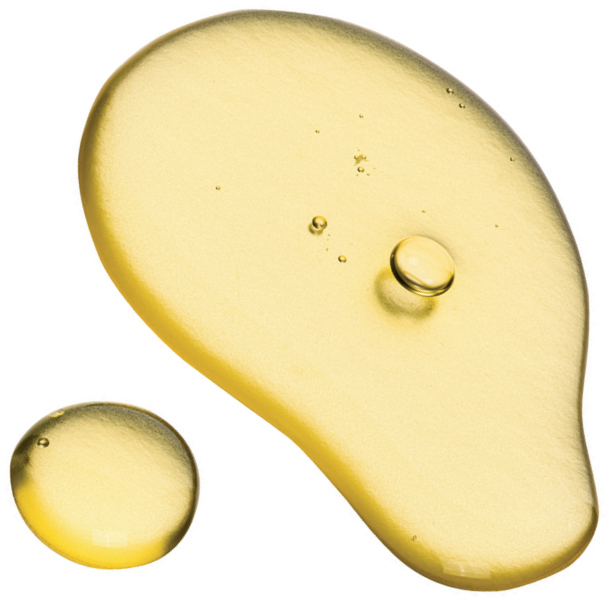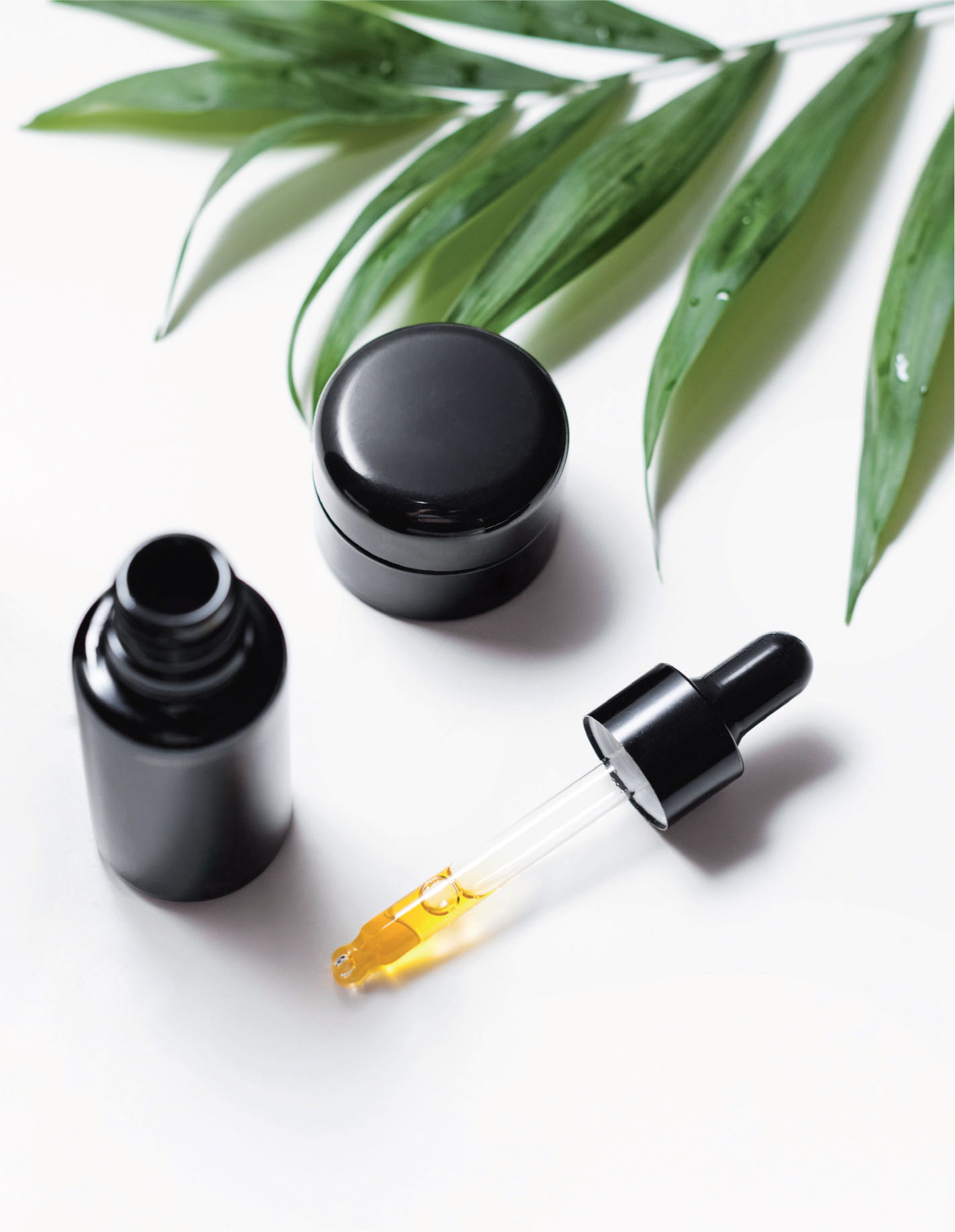

Niacinamide (also referred to as nicotinamide) is the pyridine-3-carboxylic acid amide form of niacin, a segment of the vitamin B complex (Bains et al, 2018). Niacinamide is found naturally in many foods including meat, fish, milk, eggs, green vegetables and cereals (WebMD, 2023). It is the active structure form of vitamin B3 and a part of the coenzyme nicotinamide adenine dinucleotide (NAD) (Pant, 2024).
It is a small, hydrosoluble molecule that is essential to several cellular mammalian processes in humans including lipid metabolism, tissue respiration and glycogenolysis (Marques et al, 2024). In vivo, niacinamide is synthesized from the conversion of niacin (Spector, 1979). Moreover, some dietary tryptophan is oxidized to niacin and then converted to niacinamide (Fukuwatari and Shibata, 2013).
Niacinamide is included in a variety of cosmetic skincare products including toner, serum, essence, gel, moisturisers and SPF with the exception of 100% oil-based formulas. It can be used not only as a treatment but also as a maintenance ingredient to ensure that the skin remains healthy. It can also be clinically prescribed to patients as an oral treatment for acne. All products containing niacinamide at a concentration of under 5% are recommended for domestic use.
Meet the author
Cigdem Kemal Yilmaz is a chemical engineer, skincare formulator, skincare science educator and founder of Skin Masterclass. She graduated with a master's degree in chemical engineering from the University of Bath and created a CPD-certified skincare education and consultation platform Skin Masterclass for skin professionals looking to upskill their knowledge and scale their skincare consultation business.
Benefits to the skin
In multiple chronic clinical studies, topical niacinamide (vitamin B3) has been observed to be well tolerated by skin and to provide a broad array of improvements in the appearance of aging facial skin (Bisset et al, 2005) including diminishing inflammation (Marques et al, 2024), fine lines and wrinkles (Bisset et al, 2005), hyperpigmentation (Hakozaki et al, 2002), skin swallowing (Marques et al, 2024) (JAAD article see link below), red blotchiness (Draelos et al, 2005), sebum production (Draelos et al, 2006; Marques et al, 2024) and at certain percentages can improve skin elasticity (Bisset et al, 2005). As niacinamide helps balance sebum production in addition to its anti-inflammatory properties it makes a good treatment for various types of acne and comedones (Waloko, 2017; Tempark et al, 2024; Sitohang et al, 2020).

Mechanism of action
Acne
Niacinamide is beneficial for treating acne because it enhances protein and keratin synthesis (Boo, 2021; Levin and Momin 2010), stimulates ceramide production (Tanno et al, 2000), and accelerates the differentiation of keratinocytes (Boo, 2021). These actions help stabilise the epidermal barrier and improve the moisture content of the stratum corneum (Woźniacka et al, 2003).
Topical niacinamide has noted anti-inflammatory attributes (Marques et al, 2024). Anti-inflammatory action inducing neutrophil chemotaxis has been proclaimed for niacinamide. Niacinamide has been proved to hinder histamine release and contain the lymphocyte transformation test (Parrot et al, 1974). Additionally, niacinamide has been shown to repress cytokine-mediated induction of nitric oxide synthase in various cells, resulting in lowered inflammation (Altern Med Rev, 2002).
It is worth noting that although it is an effective anti-inflammatory ingredient, niacinamide at higher concentrations can cause inflammation on the skin for sensitive skin types. A couple of drops of high concentration niacinamide serum at 10-20%, could be added to the moisturiser as an added booster instead of being used directly on the skin.
Aging
Studies observed that niacinamide inverts the aging phenotypes in human diploid fibroblasts as assessed by cell morphology, senescence-associated B-galactosidase activity, plus cell replication potential, and provisionally attributed this action of nicotinamide to the improvement of histone acetyltransferase activity and subsequently altered gene expression. (Matuoka et al, 2001)
The cellular NAD+ pool is lacking in aged skin (McReynolds et al, 2020; Oblong, 2014; Massudi et al, 2021). Therefore, external supplementation of niacinamide as a principal precursor of NAD+ and related coenzymes may promote cellular bioenergetics and epidermal homeostasis in age stressed cells (Oblong, 2014). Niacinamide and its derivatives have been proved to enhance the expression of collagen (type I, III and V), elastin, and fibrillin and decrease MMP (1, 3 and 9) elastase action in non-irradiated and UVA-irradiated dermal fibroblasts (Boo, 2021). Niacinamide also enhances the biosynthesis of ceramides in human keratinocytes in-vitro and improves the epidermal permeability barrier in-vivo (Tanno et al, 2000).

Pigmentation
Both in-vivo and in-vitro, niacinamide consistently diminished melanin content or pigmentation (Zang, 2021). Moreover, niacinamide reduced the melanosome transfer from melanocytes to keratinocytes (Hakozaki, 2002).
One study found that Niacinamide's mechanism of action in reducing hyperpigmentation involves its interference with key interactions between keratinocytes and melanocytes. In addition to its previously explored effects on tyrosinase and melanin synthesis, niacinamide downregulates melanogenesis by influencing the cytokine signalling pathway between these two cell types. In the PREP model, which incorporates both keratinocytes and melanocytes, the addition of niacinamide visibly reduced pigmentation, suggesting its impact on the interaction between these cells. Furthermore, niacinamide was found to inhibit the transfer of melanosomes from melanocytes to keratinocytes, a crucial process in pigment production. Clinical evaluations supported these findings, revealing that niacinamide significantly reduced hyperpigmentation and increased skin lightness compared to a control group after 4 weeks of treatment. Interestingly, when combined with sunscreen, niacinamide enhanced the skin-lightening effect, emphasizing its potential as an effective depigmenting agent. While the specific cellular mechanism remains to be fully elucidated, these results underscore niacinamide's novel approach in suppressing melanosome transfer, positioning it as a promising skin-lightening agent (Hakozaki et al, 2002).


Ingredient layering
Niacinamide layers well with almost all active ingredients such as salicylic acid, benzoyl peroxide, zinc, sulfur, copper, calendula, anti-microbial peptides, AHA's, LHA and PHA's. Where layering with other active ingredients is concerned, it should be recommended to be layered after low pH ingredients, either as a final step such as in moisturisers or SPF. Niacinamide is never formulated in lower pH formulas, as the efficacy of niacinamide below pH 5 is questionable (Oblong et al, 2021).
Conclusions
Niacinamide provides an effective and tolerable option for patients and healthcare professionals when treating indications such as acne vulgaris, pigmentation, and issues related to ageing with effective outcomes.




